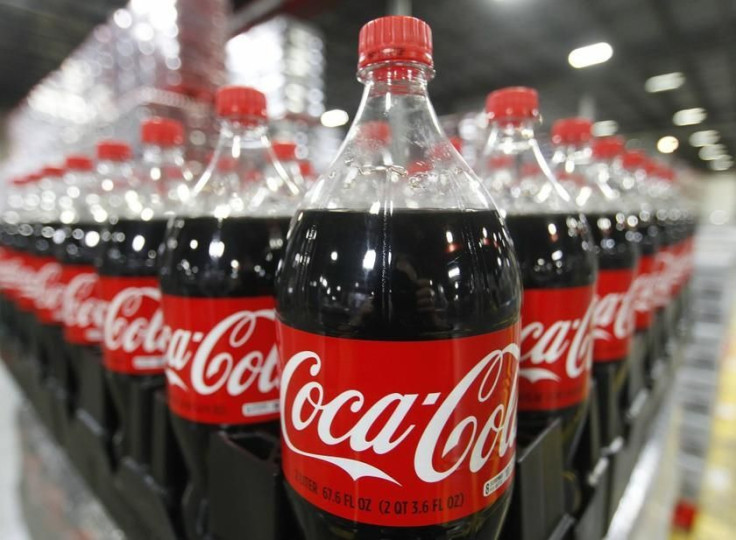Health Writer Explains What Happens In The Body after An Hour Of Coke Consumption

Even though Coca-Cola has been one of the most popular non-alcoholic drinks for past 129 years, the details of its effect on human health never were explained like the infographic released recently. The Coca-Cola infographic explains the effect of the drink on the human body after an hour of its consumption.
The Coca-Cola infographic is based on an article written by a health writer Wade Meredith. The article explains the different mechanisms that take place in the human body after immediate consumption of a can of the soft drink.
The infographic lays out the timeline:
- 10 minutes: At the end of the 10 minutes of consuming the beverage, the human body receives sugar from the drink, which is nearly equivalent to 10 heaping tablespoons. The recommended daily dietary intake of sugar is 10 teaspoons a day; therefore, a can of Coca-Cola contains as much as three times the daily limit for sugar consumption. The phosphoric acid present controls the flavor of the drink, thus preventing its consumers from a feeling of nausea and vomiting due to excessive sugar.
- 20 minutes: The increased sugar levels inside the body triggers the production of excessive insulin. In addition, the liver starts to convert the excess sugar into fat.
- 40 minutes: By the end of 40 minutes, the human body starts to absorb the caffeine from the drink. This results in an increase in blood pressure and the dilation of the pupil. The overall physiological changes in the body trigger the liver to release more sugar into the bloodstream, followed by blockage of the adenosine, a depressant in the central nervous system. The blockage of the antidepressant makes individuals feel “high.”
- 45 minutes: The dopamine level in the body triggers the brain to produce a “pleasure” response, similar to the feeling produced when a person consumes heroine.
- 60 minutes: The metabolism shoots up because of the multiple reactions taking place in the body. Phosphoric acid gets attached to magnesium, calcium and zinc, followed by an overall decrease in the calcium levels in the body and frequent urination. At this stage, water and other important electrolytes are depleted since these are excreted from the body.
The metabolic processes are followed by a sharp decrease in the sugar levels, making the person irritable. The water supplied by the soft drink also gets excreted along with the essential electrolytes that otherwise are used for human nutrition.
© Copyright IBTimes 2024. All rights reserved.





















